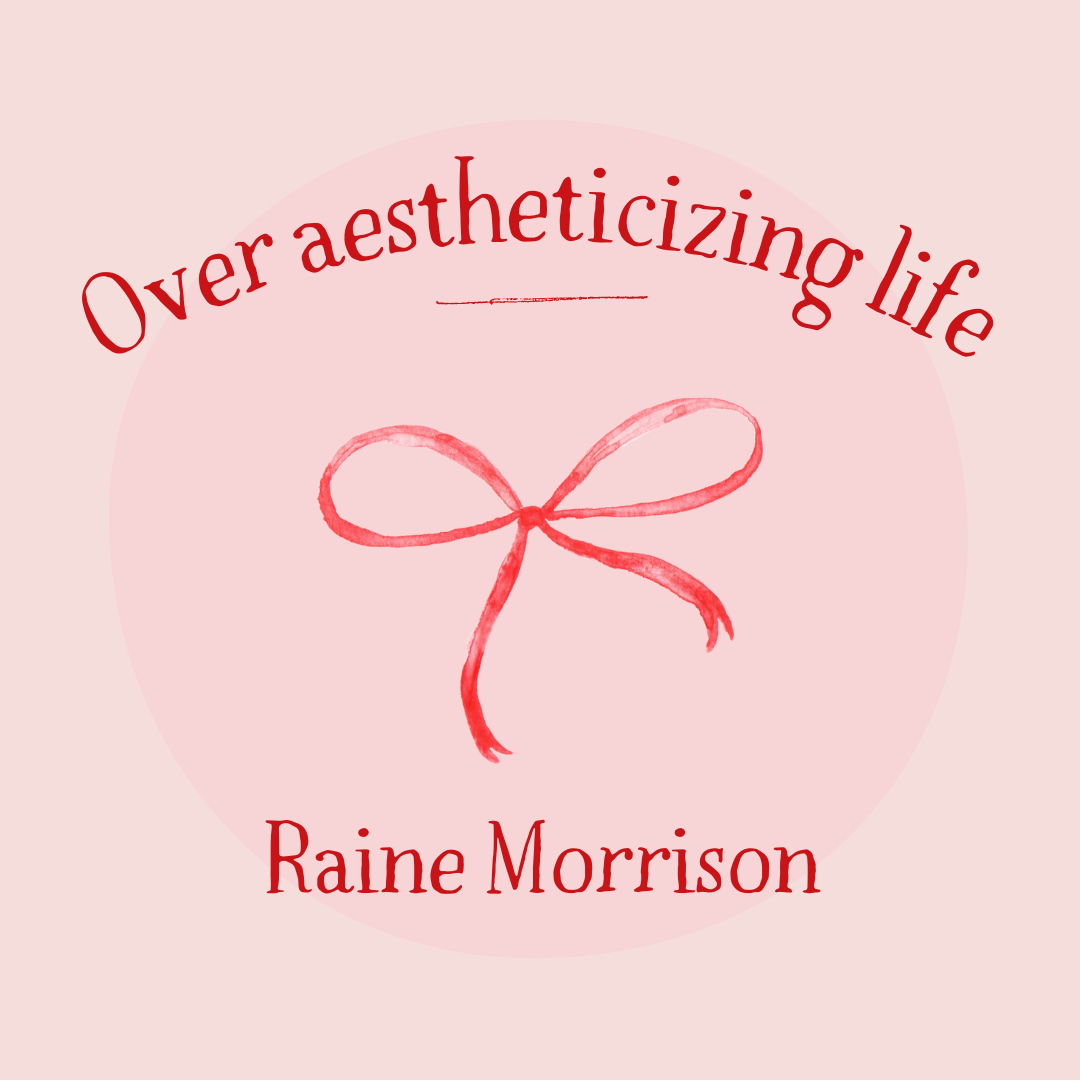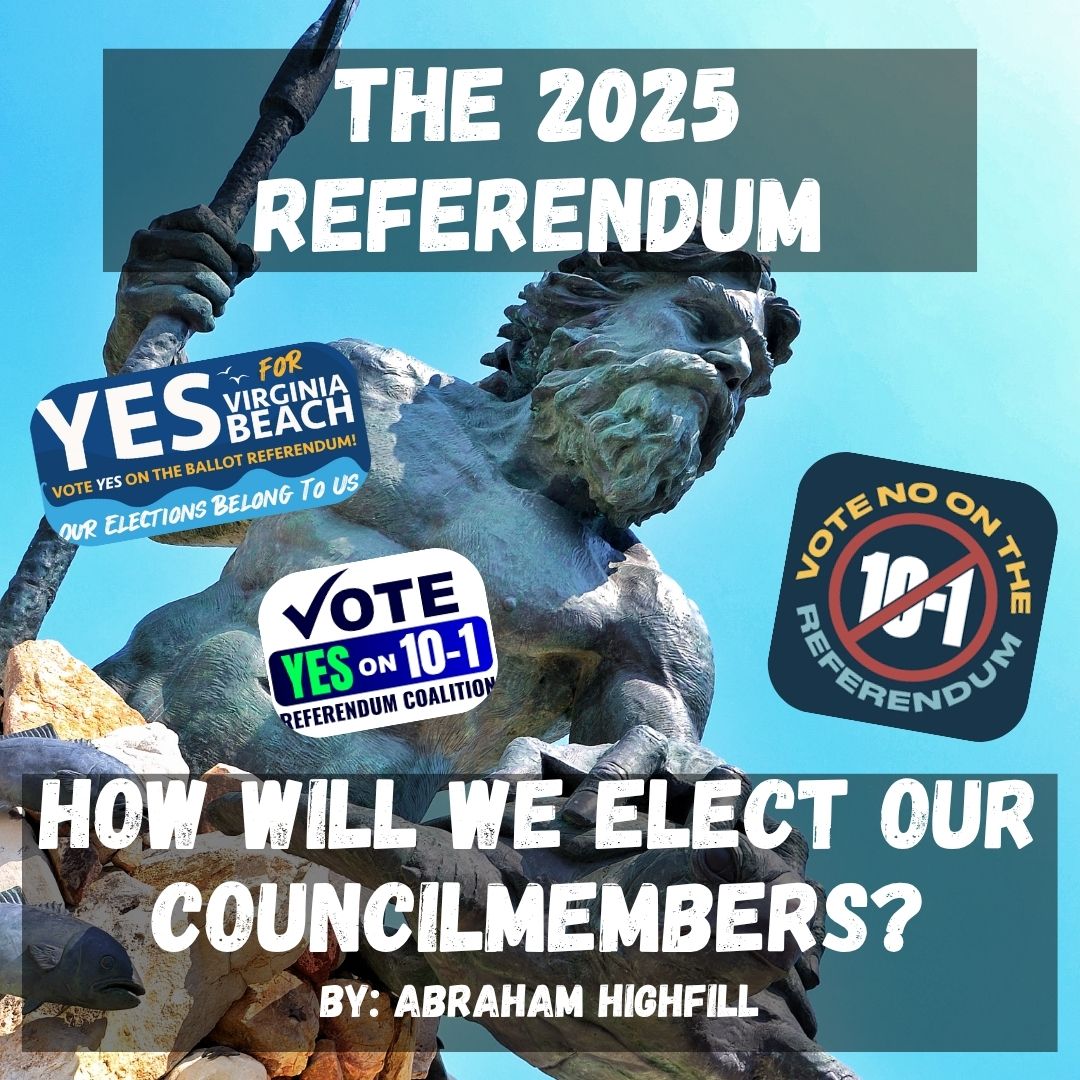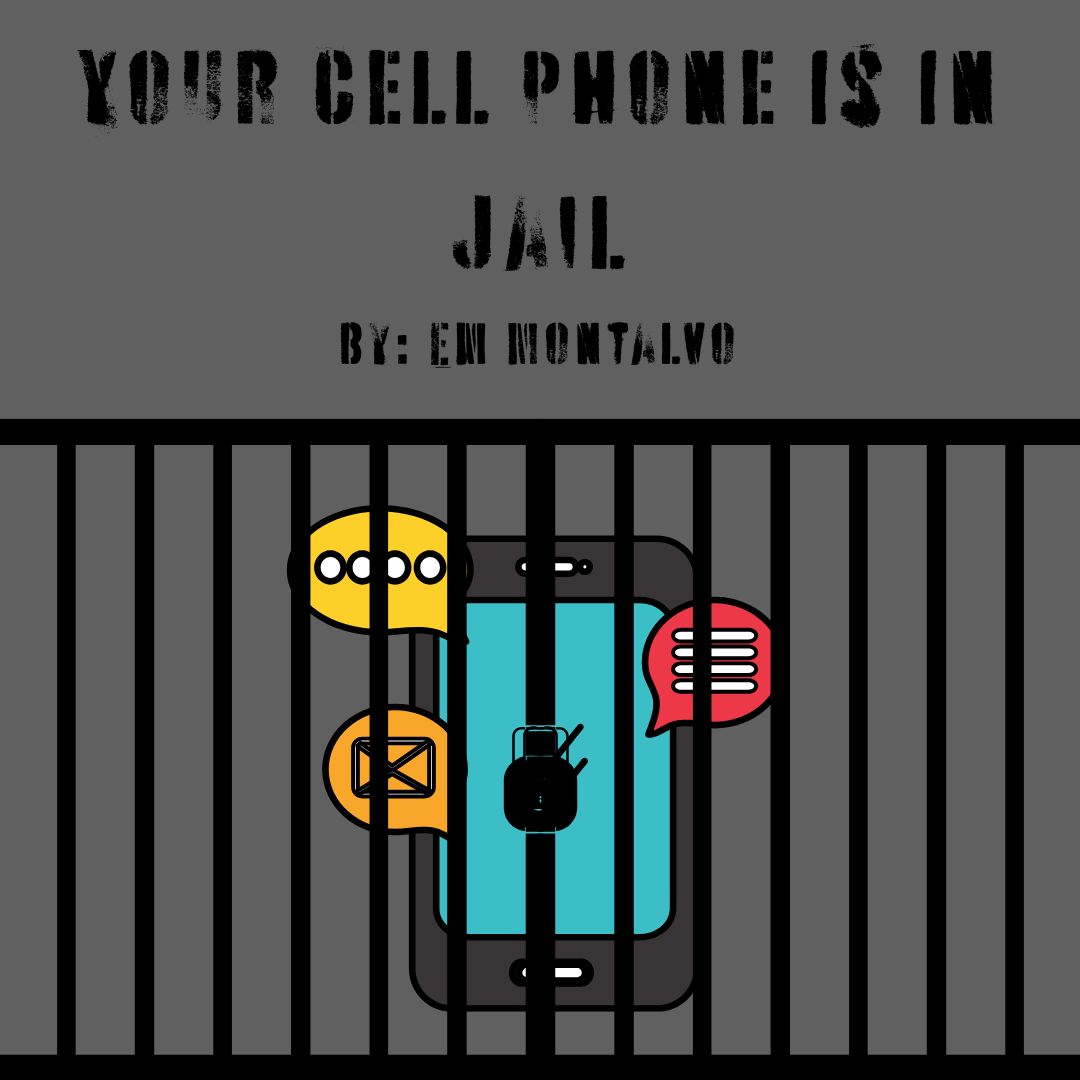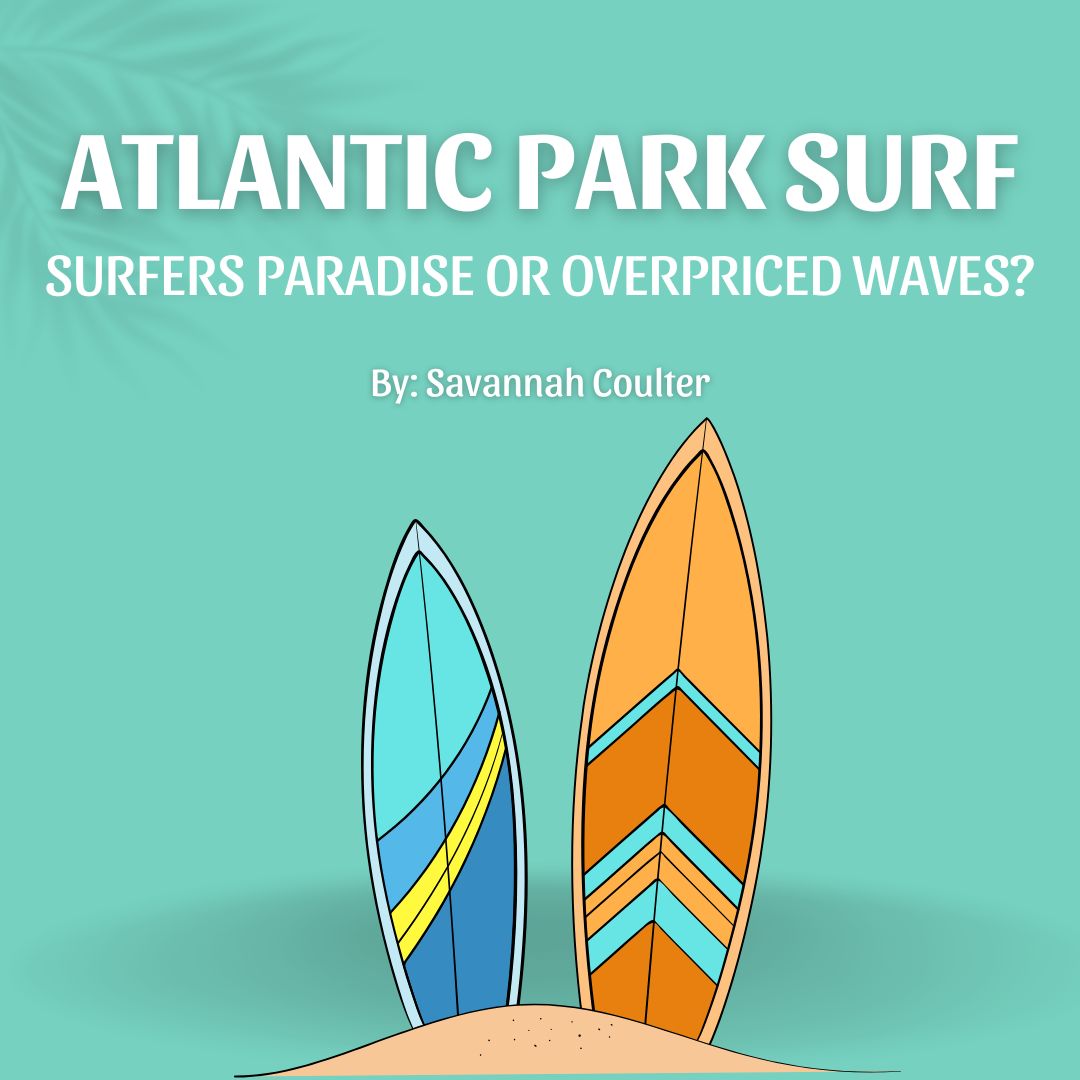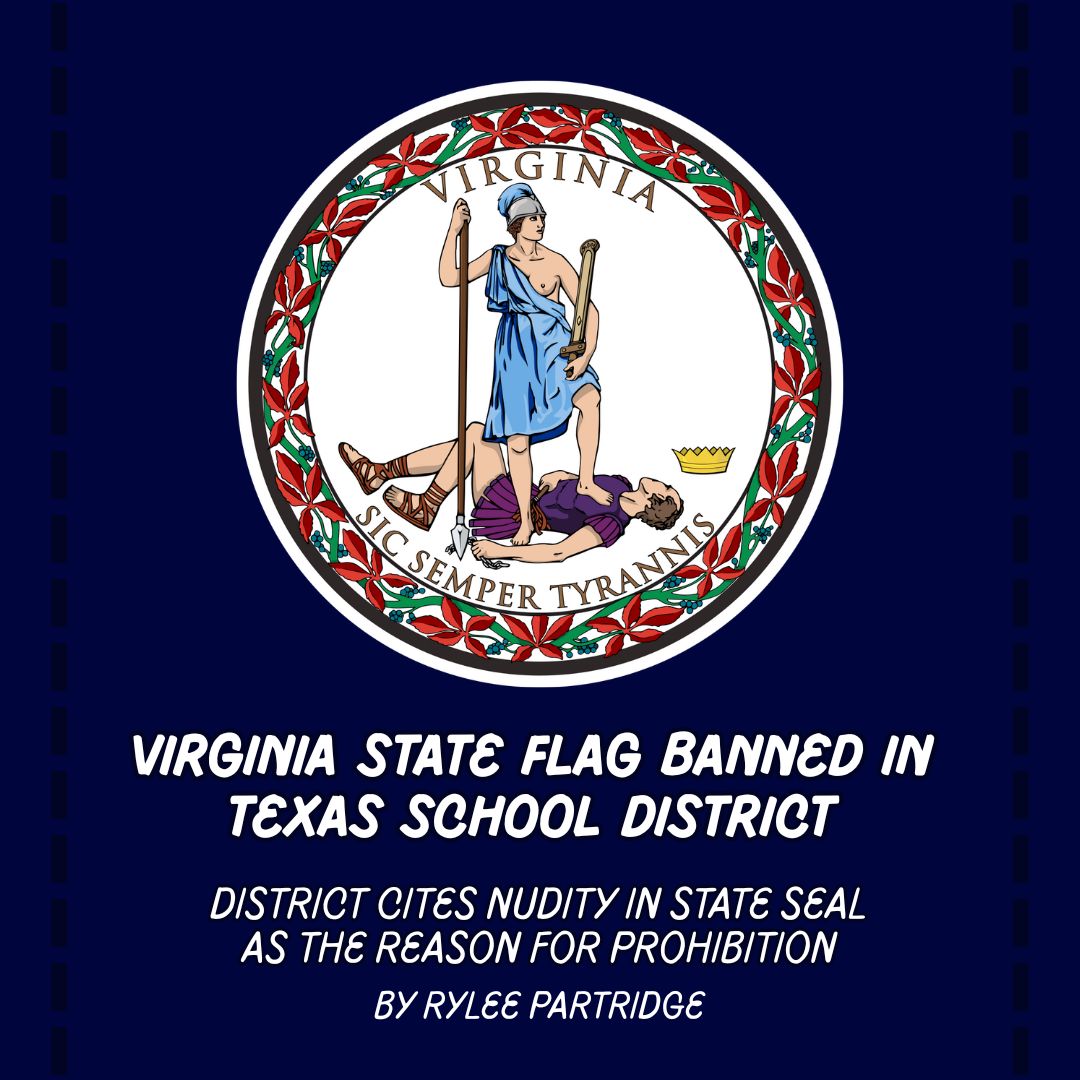With the rise of TikTok trends, it’s become a pattern that things like fashion, makeup, art, objects, and even random scenes such as candles sitting in dark rooms or ribbons attached to nearly anything become categorized on the internet into different aesthetic genres and styles. Due to these trends, people seem to attach themselves to becoming aesthetically pleasing enough to display it confidently, to live in the romanticization of a certain style or category of life.
There are many reasons that this pattern is harmful. It’s now becoming common for people to jump from place to place with these aesthetics. This is due to how often a new one comes into the public eye. It’s so easy for people to grab hold of these styles and run with them until they become uncool. It’s also really easy for people to take advantage of fast fashion and engage in consumerism when they jump from trends as well. The quicker and more often people jump from something to the other increasingly creates issues when it comes to pollutants like unwanted fast fashion.
With brands like Shein, Cider, and Temu on the rise— especially with Amazon becoming the main supplier of products that can’t usually be found in a store easily enough, the rate of consumerism in our society has gone way up. People are constantly being sold products online that they do not genuinely need, which causes a huge problem with landfills. When people buy something and then inevitably realize how useless it is, they throw the product away. With the large rate of buy and sell culture in American society for such a long time, there is a huge excess of trash in landfills, causing nearly anything someone hadn’t bothered to recycle or give away to be an environmental pollutant.
To put this into perspective, a leading environmental news network Earth.org says, “92 million tonnes of textile waste is produced every year,” and “the average US consumer throws away 81.5lbs of clothes every year.” Along with these terrifying facts, the article also references what average people can do in order to lower these numbers. For example, the article suggests “ways to approach climate action within our personal lives,” and “ways to approach climate action as a voter or political actor (even if you can’t vote).” Check out Earth.org to learn more.
The romanticization of these trends can often trick people into believing they are doing good for themselves, pushing the idea that romanticizing the smaller things in life can increase your chances of being fulfilled. For example, when the aesthetics of dark and light academia, which romanticizes learning and being engaged academically, was popular, people ended up wanting to learn. When students would lean on this aesthetic to boost their academic performance, it would work. Other times, like with the very well-known “main character” aesthetic, these ideas of romanticizing smaller life experiences become nearly pointless. People want to feel important, and understandably, leaning on this aesthetic would only help people who need to feel important— which caused the people to follow this ideal of “being the main character,” to be categorized as people with “main character syndrome,” which means the person is so invested in thinking things are about them that they become obsessed with themselves.
In the midst of every aesthetic going in and out of every for you page constantly, like a cycle of impending doom upon younger audiences who already find it hard to pick and place their own identities, these aesthetics are creating a consumer hampster wheel. It almost seems like the question for people on the internet now isn’t who you are or what you care about; it’s becoming “what’s your aesthetic?” People now choose something instead of finding themselves within their interests because it’s easier.
One of the bigger questions is “why do we continue to do all this if it’s so harmful?”
At this point, there is no answer. If I were to try to answer, it would most likely be “We live in a performance-based society, so of course we lean on making our lives the most pleasing looking that they can be,” although a lot of people might answer with the standard “people just like to feel cool, so they lean on what they know other people think is cool— which is undoubtedly why we follow trends.” Regardless of why people jump into and out of trends, they are harmful to our identities and the environment. Be mindful when following and be even more mindful when leading. There isn’t any shame in individuality and a timeless aesthetic.
